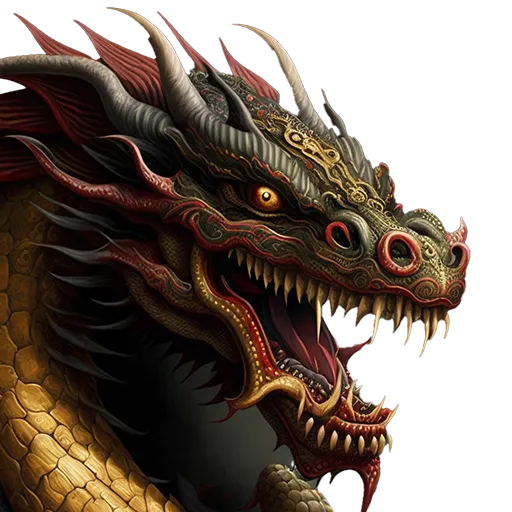Shi Ba Bing Qi (十八兵器) – 18 Weapons in Gong Fu
Chinese Martial arts have a rich history that spans millennia. Many different Gong Fu styles have developed over this time as well as a countless variety of weapons. In ancient times, proficiency with weapons was necessary as one did not go into battle barehanded.
In time, many weapons that were once used on the battlefield became a part of training in Chinese martial arts, with different styles and Shifus emphasizing certain weapons. And while there are commonalities among the different schools, generally the Northern Chinese systems specialize in different weapons than their Southern counterparts.
A common standard in the Traditional Wushu Guan (Martial Arts Training Hall) is the Shi Ba Bing Qi or 18 Weapons, and a Shifu was required to be knowledgeable in all of them. This knowledge should not be confused with mastery, since a high level of proficiency in any one weapon requires years of diligent and persistent practice.
Classifying the 18 Weapons is a near impossibility as these have changed over time. During the Qing Dynasty (1644-1911), China’s last and most recent dynasty, as many as four different lists of the 18 Weapons existed and were promoted at various times.
One of the proposed lists during the Qing Dynasty classified these weapons as Nine Long and Nine Short Weapons, or Jiu Zhang Jiu Duan (九长九短). Some of the weapons on this list have ancient roots and do not have an equivalent weapon in the West.
In my school I classify weapons into three categories: Long Weapons, Short Weapons, and Flexible Weapons.
The Long Weapons are Staff, Spear, Double-Headed Spear, and Guan Dao.
The Short Weapons are Saber, Sword, Short Stick. and Double Hooks.
The Flexible Weapons are 3-Sectional Staff and Chain Whip.
I also teach some specialized weapons. Among my favorites are the Kan Dao (Executioner’s Knife), and the 2-Handed Straight Sword.
Ancient weapons, although still lethal and deserving of respect, no longer have a practical purpose. However, they add a dimension to your training that cannot be duplicated by empty-hand practice alone.
